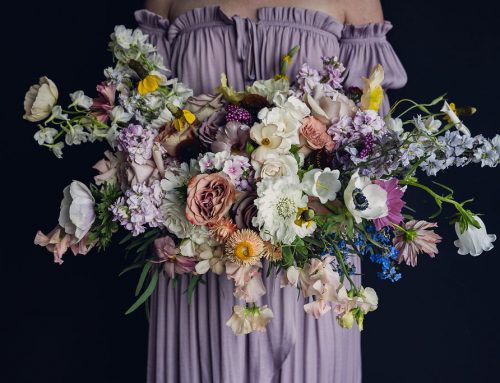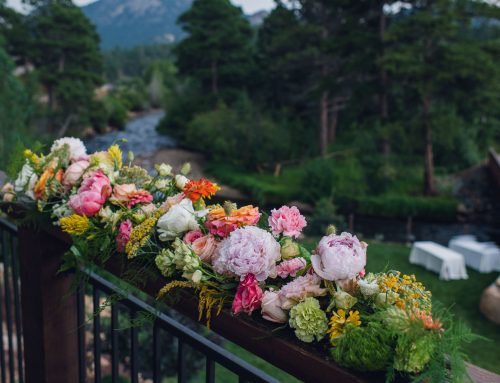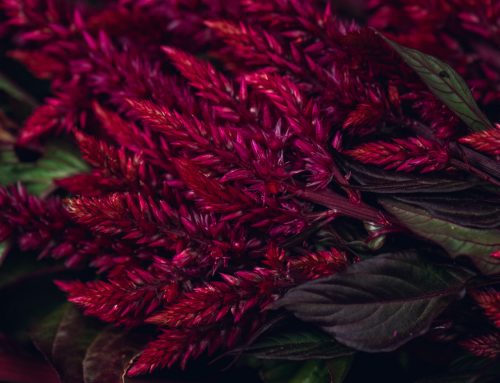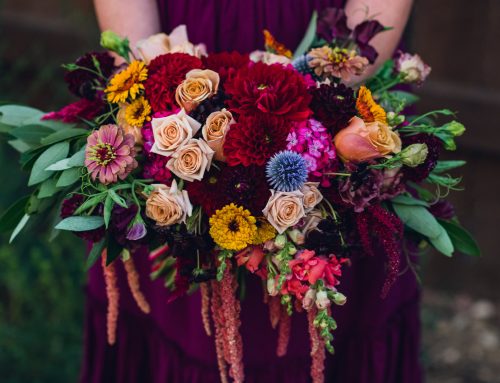History of the Flower Crown
The flower crown has been a favorite accessory all over the world for centuries, dating back even before agrarian societies. These crowns are steeped in tradition and meaning. In most cultures, a crown represents status and accomplishments. The crown is traditionally a horseshoe or circular shape which is a symbol of power, glory, and eternity.
Crowns made of flowers and foliage represent love, fertility, and celebration throughout history and around the world. They were featured by artists like Frida Khalo who used flowers in her hair which became an image of rebellion and female empowerment. Full of significance, floral headdresses were woven into the social and sartorial traditions of cultures from Russia to Hawaii. Needless to say, these decorative headdresses show no signs of fading in fashion.
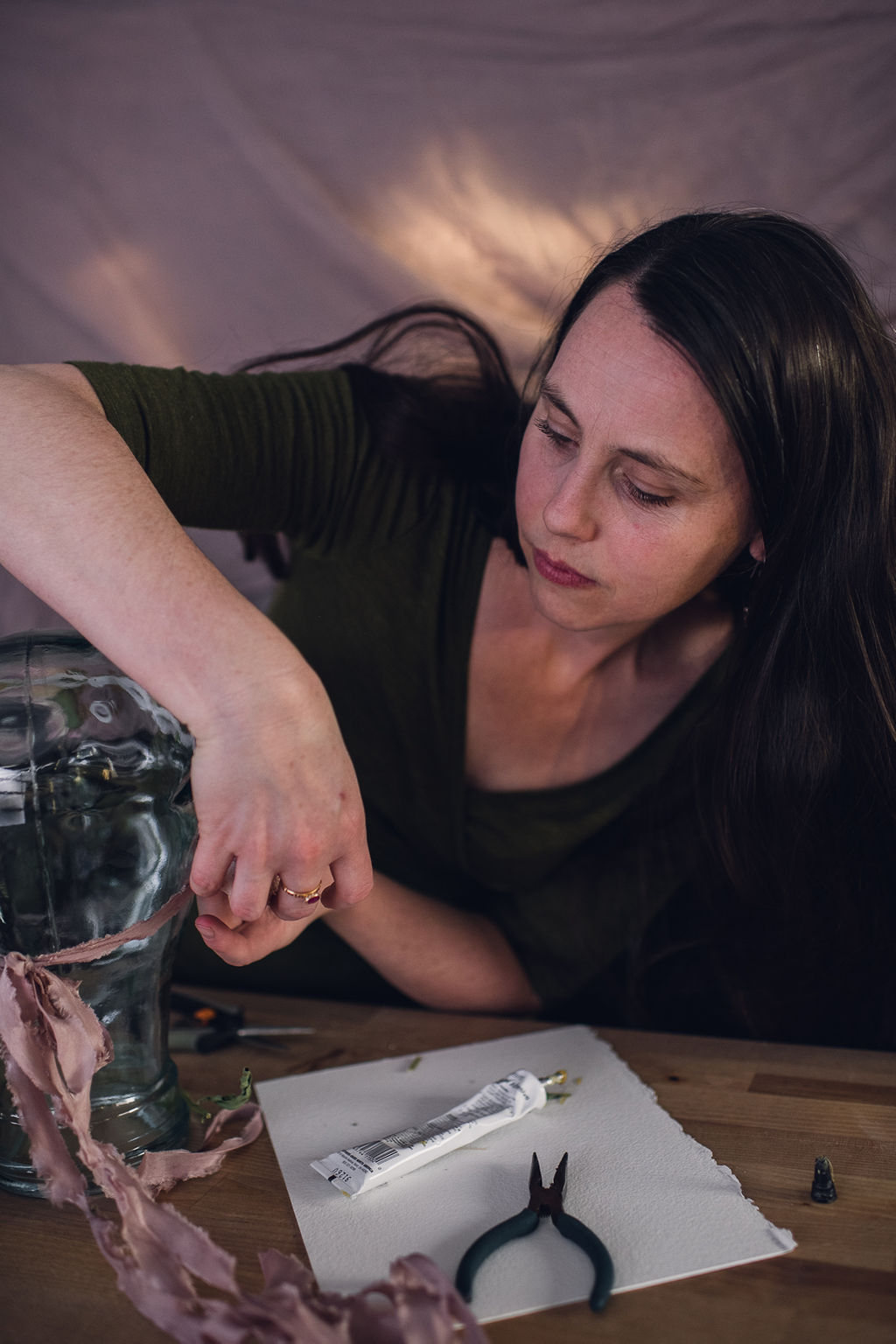
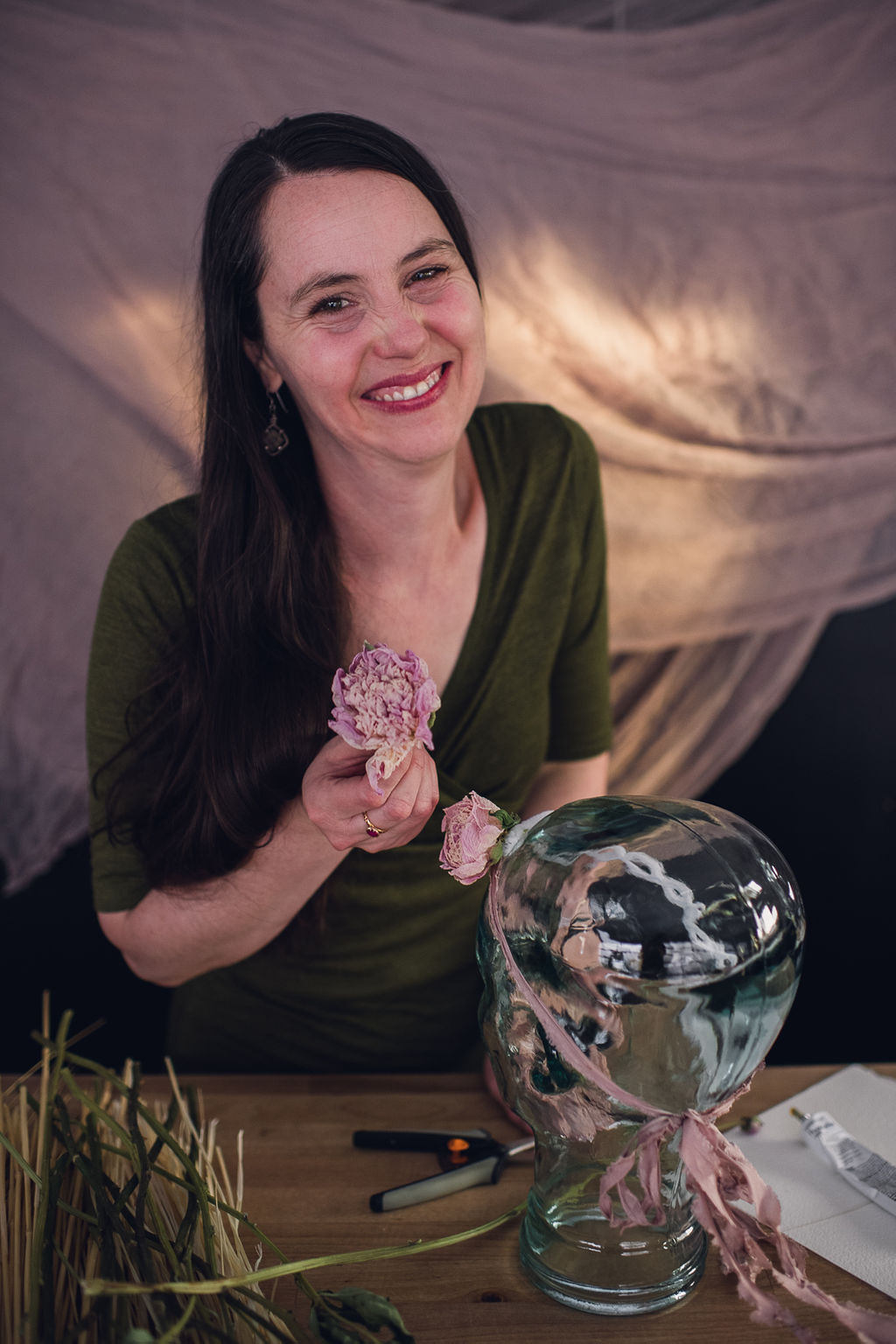
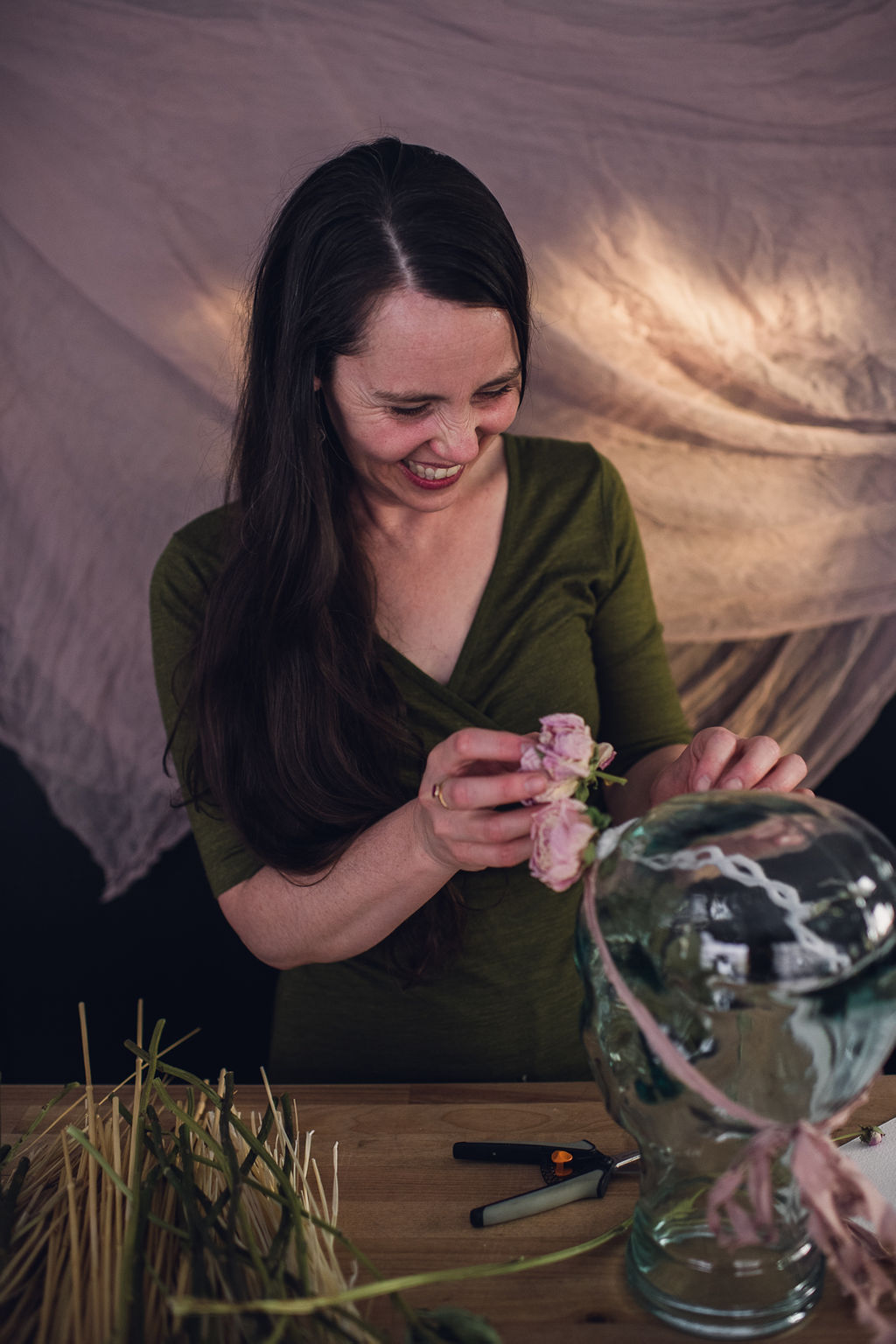
Greece & Rome
Crowns made from foliage date back to Ancient Rome and Greece. Crowns were made out of myrtle and wool and would adorn different types of flowers which held various associations through time. Ancient gods and goddesses were often represented in art and literature wearing specific plants dedicated to them. Halos made of laurel would be awarded to army victors to honor achievements and signify respect. Crowns made of grass were reserved for the greatest military honor and Olympic Championship winners were awarded wreaths made of olive. The Greeks arguably adored flower crowns the most and they even believed tying a wool wreath around their head would ease drunkness.
In Rome, there is a festival called Floralia which honors Flora, the goddess of flowers, spring, and vegetation. In Europe, this festival was later celebrated as the secular Mayday. This celebration represents the tradition of sending children out to pick flowers on the first day of May. The majority of these ancient and present-day festival-goers craft crowns made of flowers and interwoven vines. Traditionally, Roman brides would wear a crown made of Verbena that she had picked herself. Verbena was said to be a sacred plant to the Romans and this is how it coined the name “altar plant”. It was known to heal wounds and eventually became a religious icon.
Although the floral crown was popular in the ancient world, as Christianity spread, it fell out of favor due to its association with pagan festivals. With Renaissance art, it made a comeback when artists and scholars looked again to the classical past for inspiration.
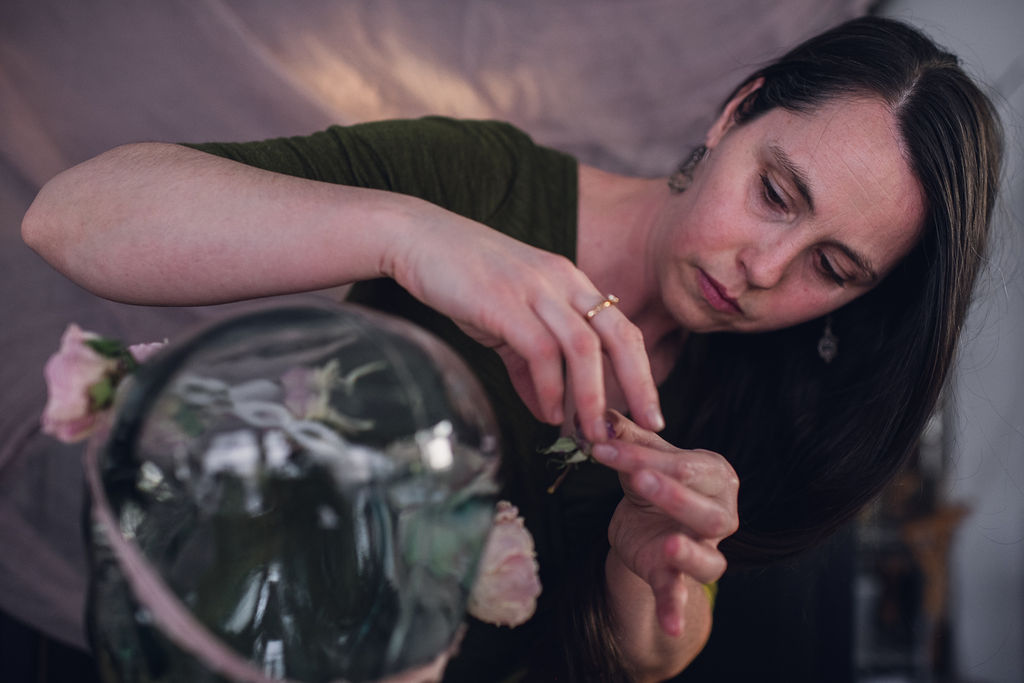
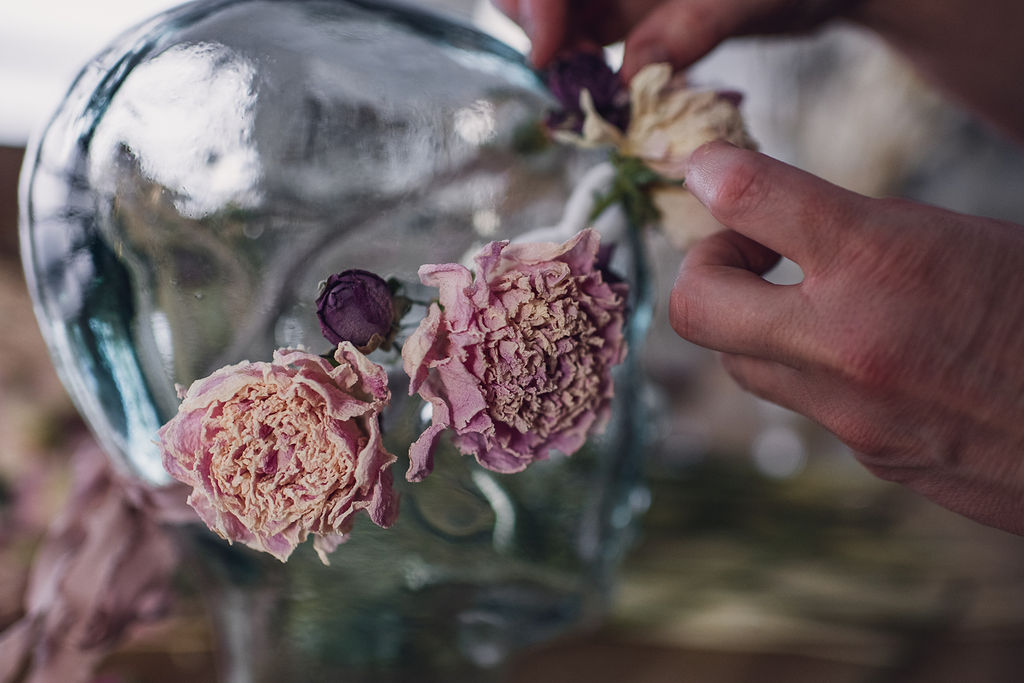
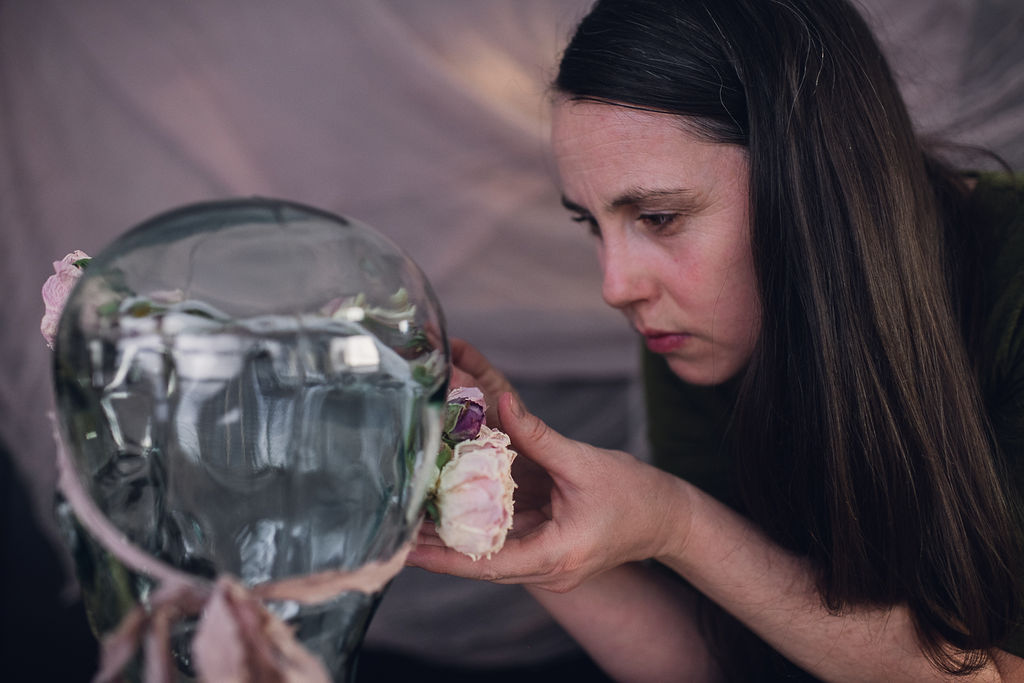
Ukrainian Flower Crown
The Ukrainian crown is known as “vinok” and has long been a part of traditional folk dress. These extravagant crowns have been worn for centuries by girls and young women to symbolize purity and fertility. Wearing the crown has always been a classic accessory for weddings and festivals as it is worn with a proud history and a bright future in mind. The Ukrainian crown may be the most lavish of them all. Not only is it full of rich history, but its ingredients range from flowers, feathers, hemp threads, shells, and beads, to even pieces of foil, wax, and painted sawdust for sparkles.
The Ukrainian flower crown is still used widely today to honor traditions and is known as a symbol of national pride. It compliments embroidered shirts and dresses and is traditionally placed on the head after the vow exchange.
The Russian flower crown was influenced by the Ukrainian crown, they decided to put their twist on it and use these crowns in fortune telling. They would take their handmade head wreaths and place them in the river while envisioning their romantic relationships. The relationship’s fate would be determined by the flow of the water.
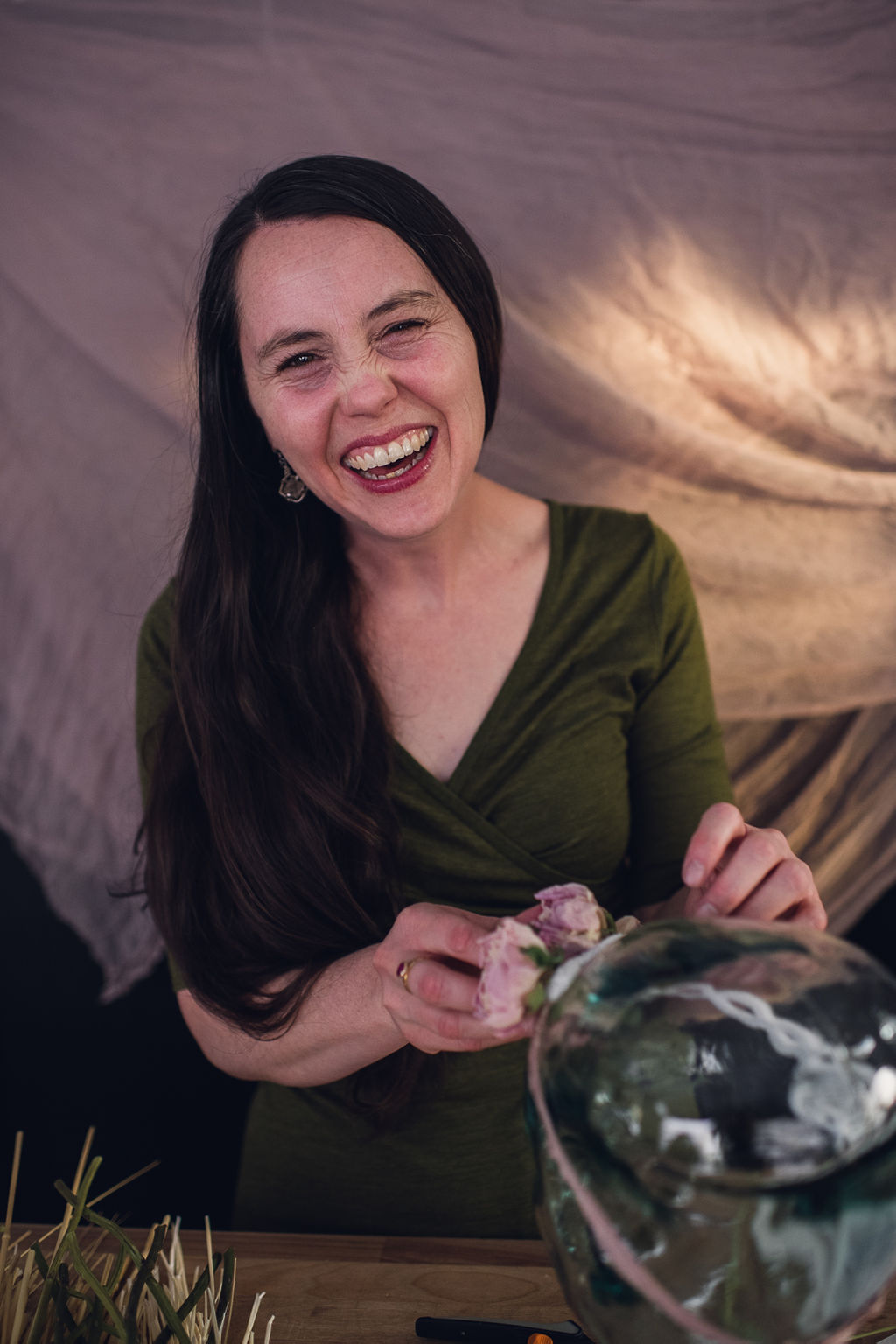
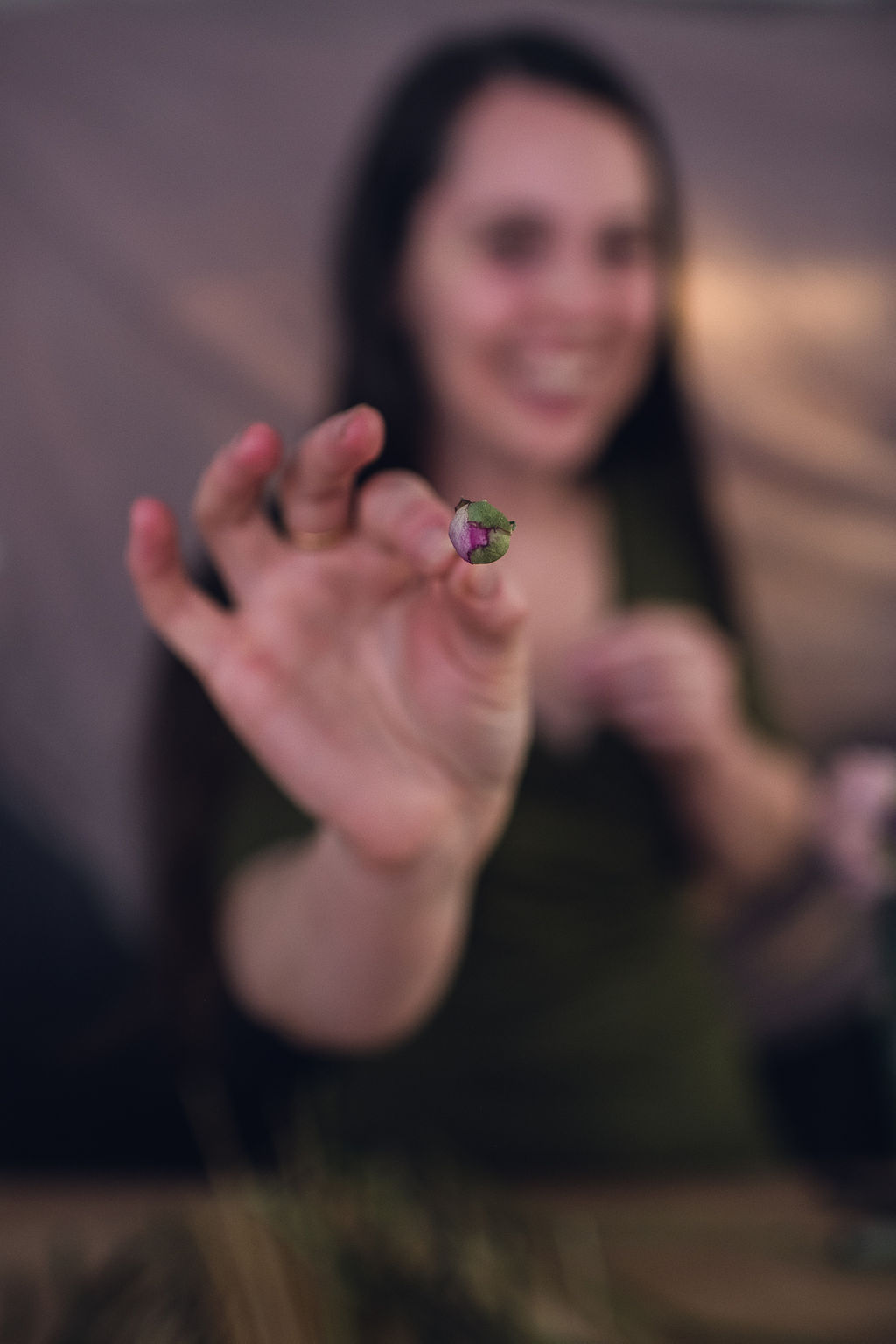
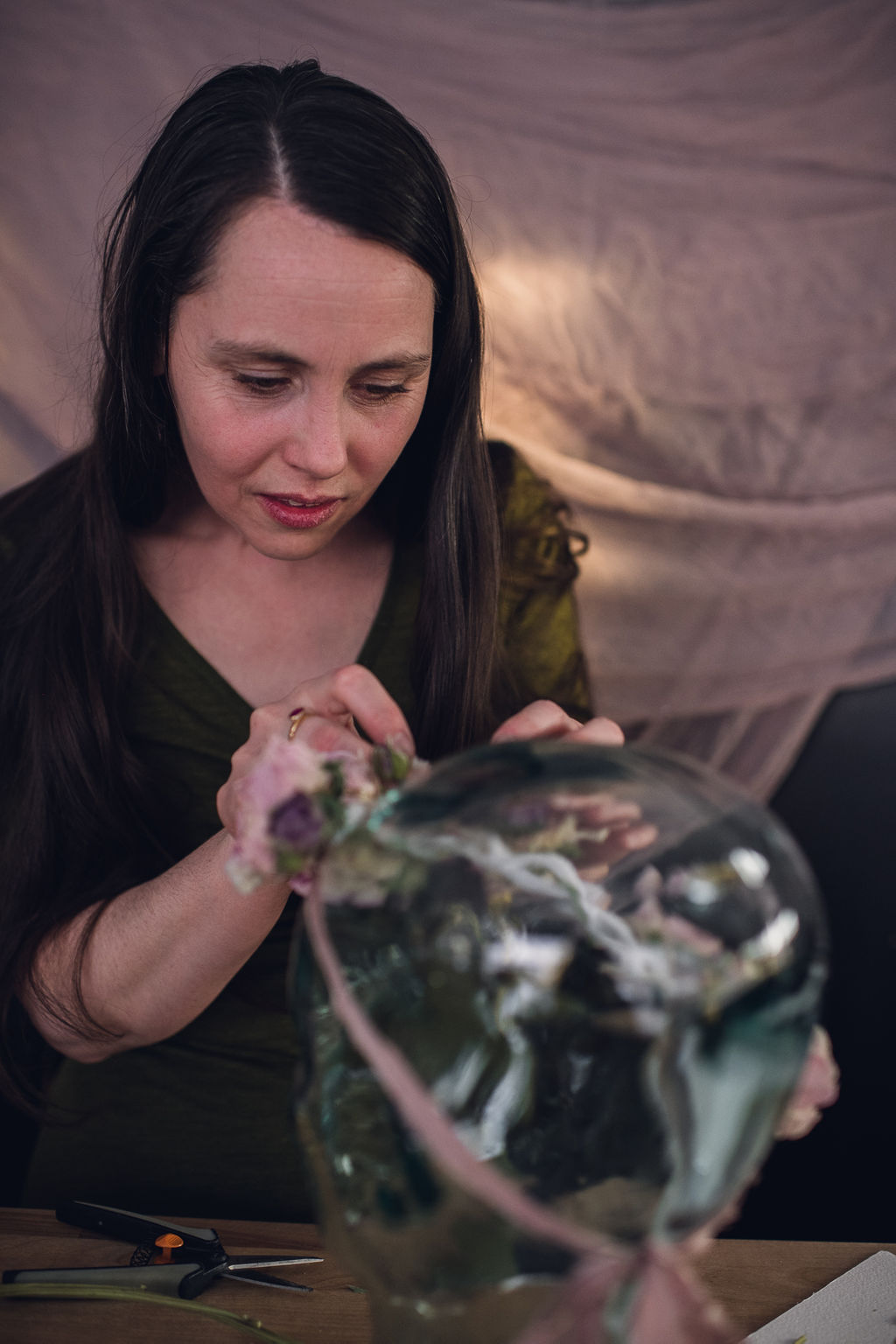
Chinese Flower Crown
Flower crowns were popular in Ancient Chinese culture as well as the present day. Customarily, these crowns are worn on your wedding day and are most commonly made from Orange Blossoms. It is known that orange trees can blossom and bear fruit both at the same time, therefore, if you wore Orange Blossoms on your wedding day it was meant to symbolize fertility.
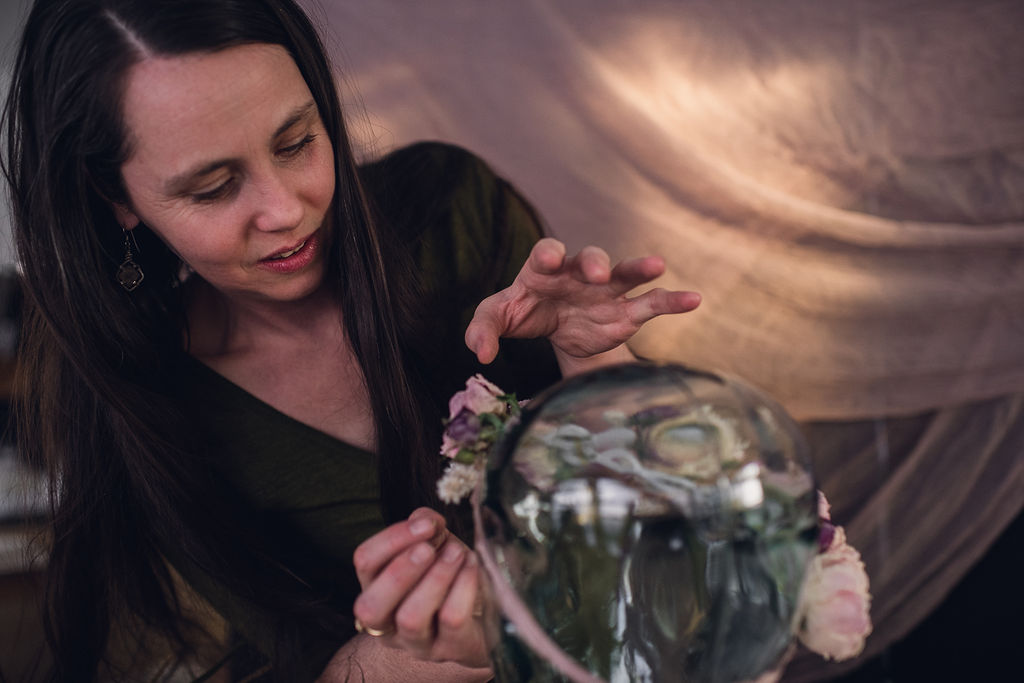
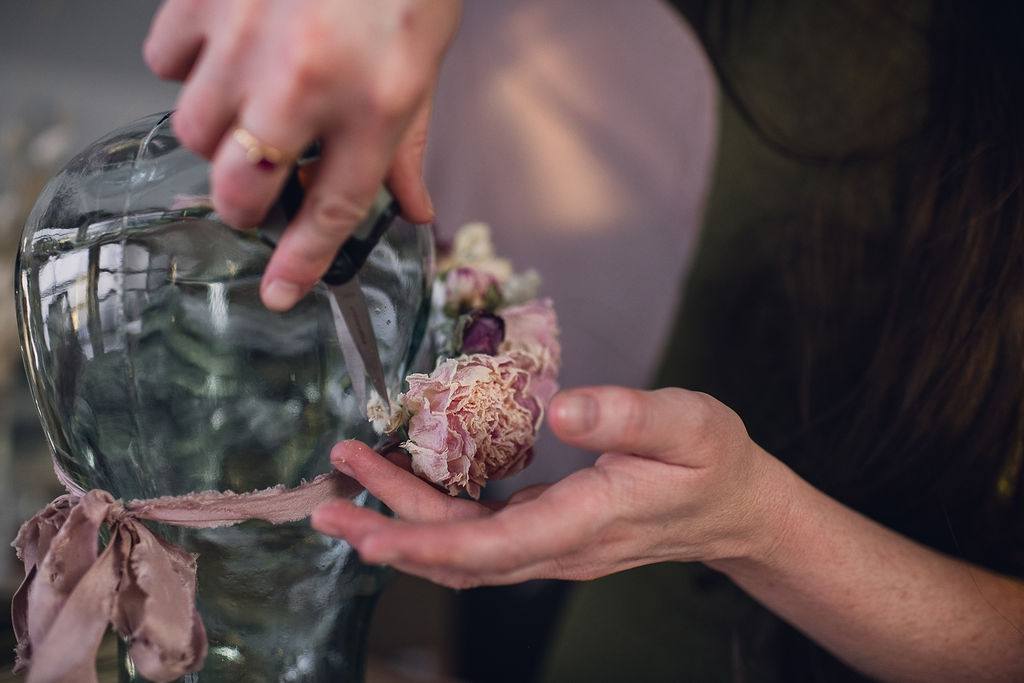
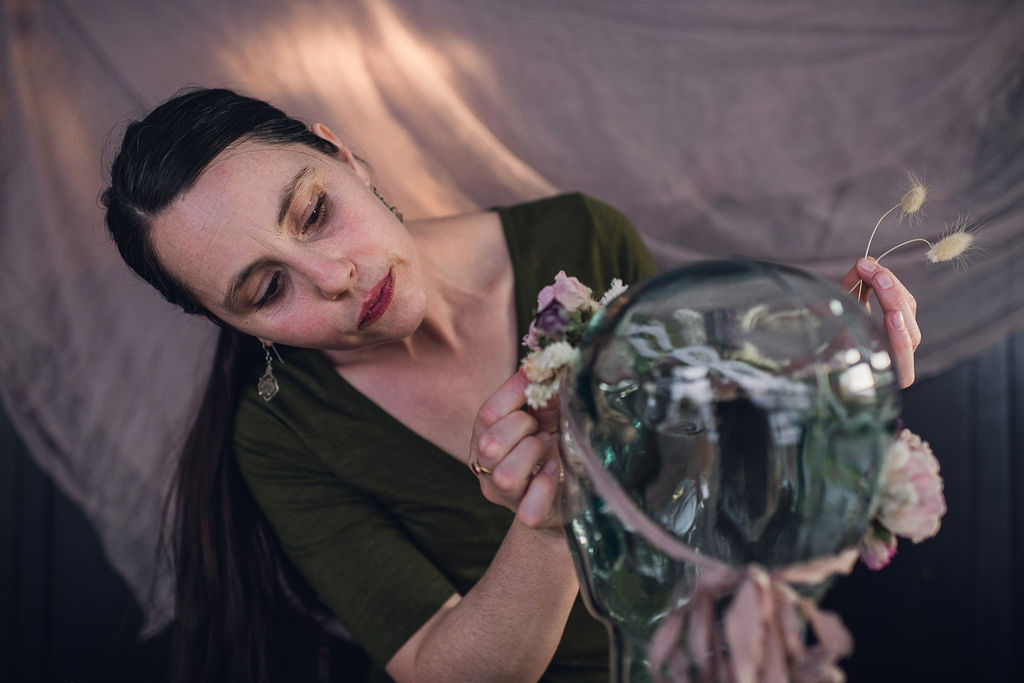
Island Crowns
Whether you’ve experienced an island trip where you are greeted by flower lays and crowns as you exit the plane or not, most of us are at least familiar with the tradition. The Islands of Tahiti embrace this tradition full on. Island flower crowns are given to visitors of the island as a sign of welcome and are referred to as “HEI UPO’D”. They are worn to celebrate the beauty of everyday life in the Islands. Some crowns are very elaborate and some are simply made from only “ti” leaves. Native flowers are commonly woven into the crowns including hibiscus, frangipani, or plumeria, and of course, the biggest symbol of the Islands of Tahiti, the Tiare flower.
Flower crowns and leis go hand in hand on most islands. They have been constructed of various materials such as flowers, shells, nuts, leaves, feathers, and bone, but a braid of green Maile vine is most popular in Hawaiian culture. The lei was introduced to Hawaii by the ancient Polynesian voyagers who first settled the islands. For centuries a crown or lei made of flowers has been worn to beautify the wearer, exchanged to seal peace agreements, or serve a ceremonial purpose in celebrations. It became a tradition to throw your lei or flower crown into the ocean when departing from Hawaii if traveling by ship.
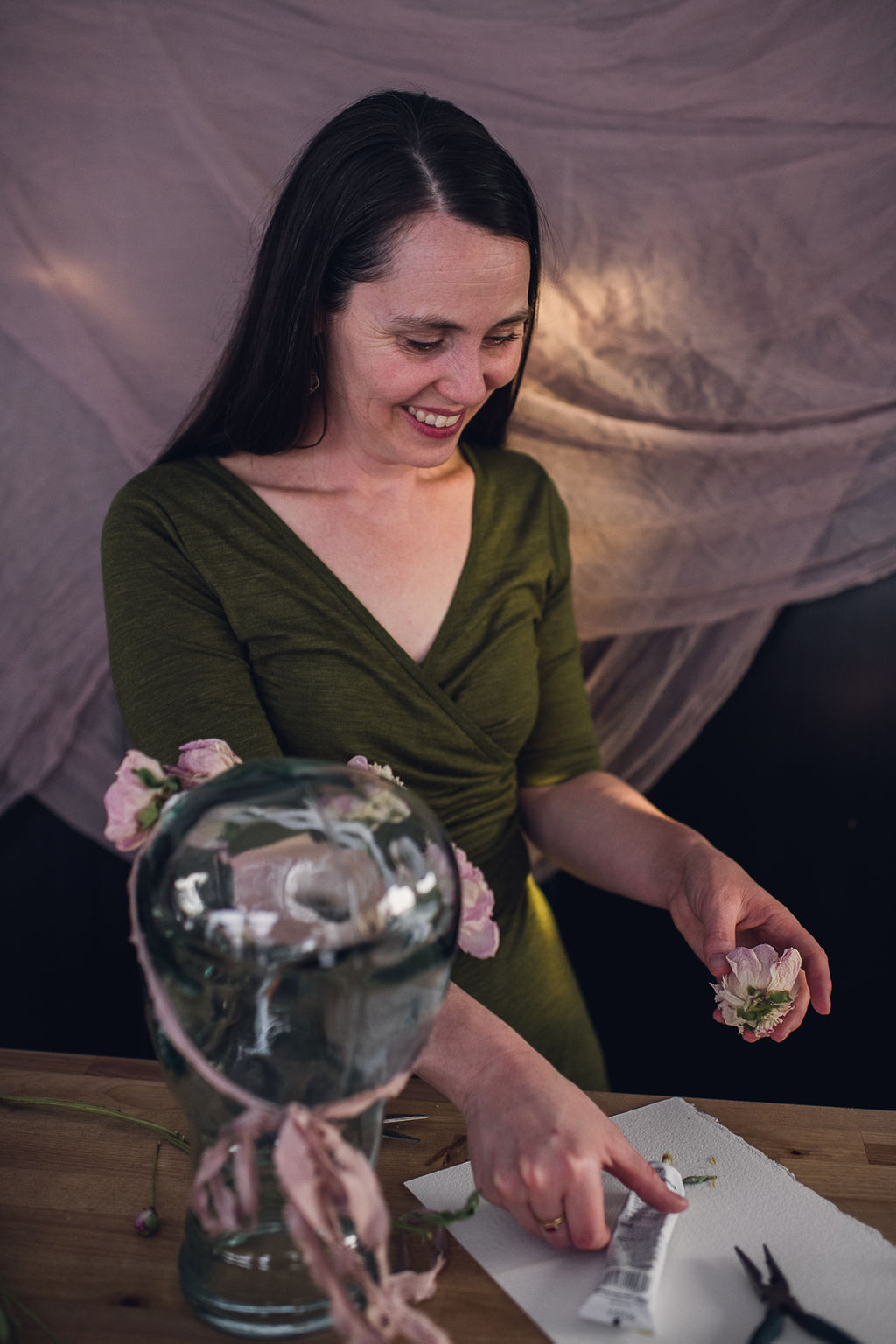
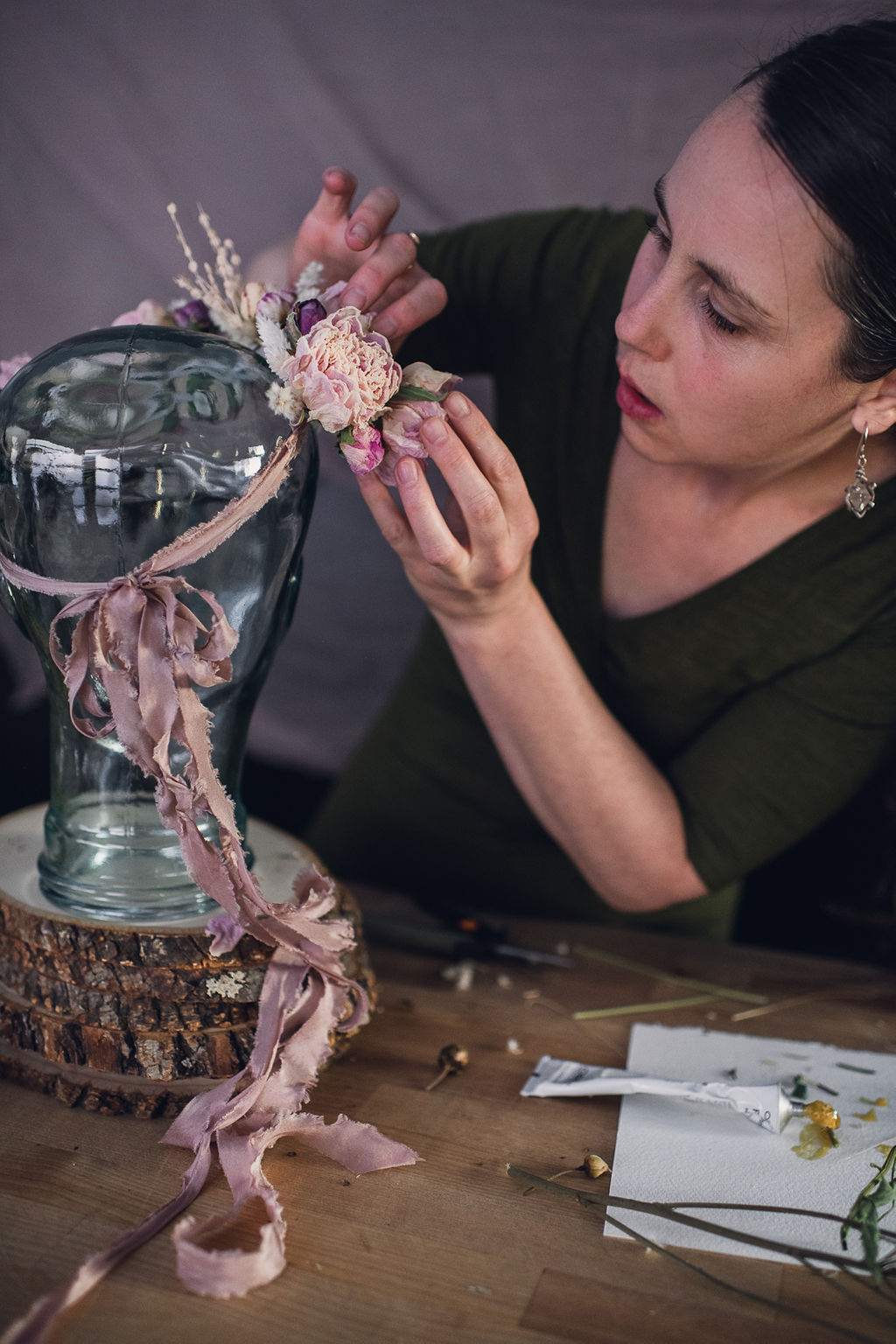
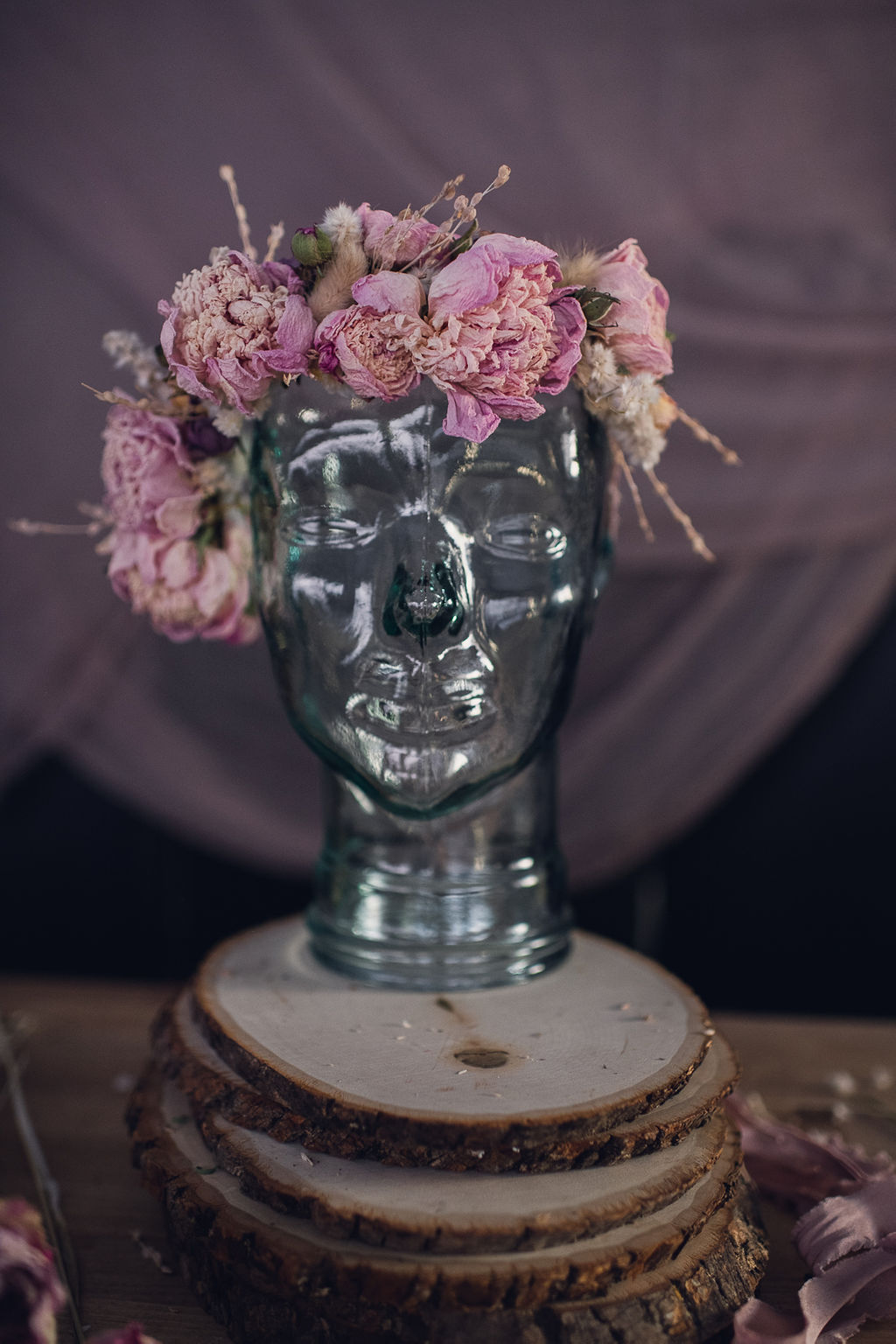
Victorian Era Flower Crown
The Victorian era is where we get much of the information we have on flowers today due primarily to the strong interest in “floriography”. Floriography is floral symbolism where each flower has a meaning and language of its own. With this growing interest came the practice of using flowers as a way of sending secret messages. We would love to see this communication style resurge in popularity!
Queen Victoria, who was a fashion icon as it is, wore a crown of orange blossoms in her hair for her wedding to Prince Albert in 1840. She was said to be one of the first to make floral crowns popular again.
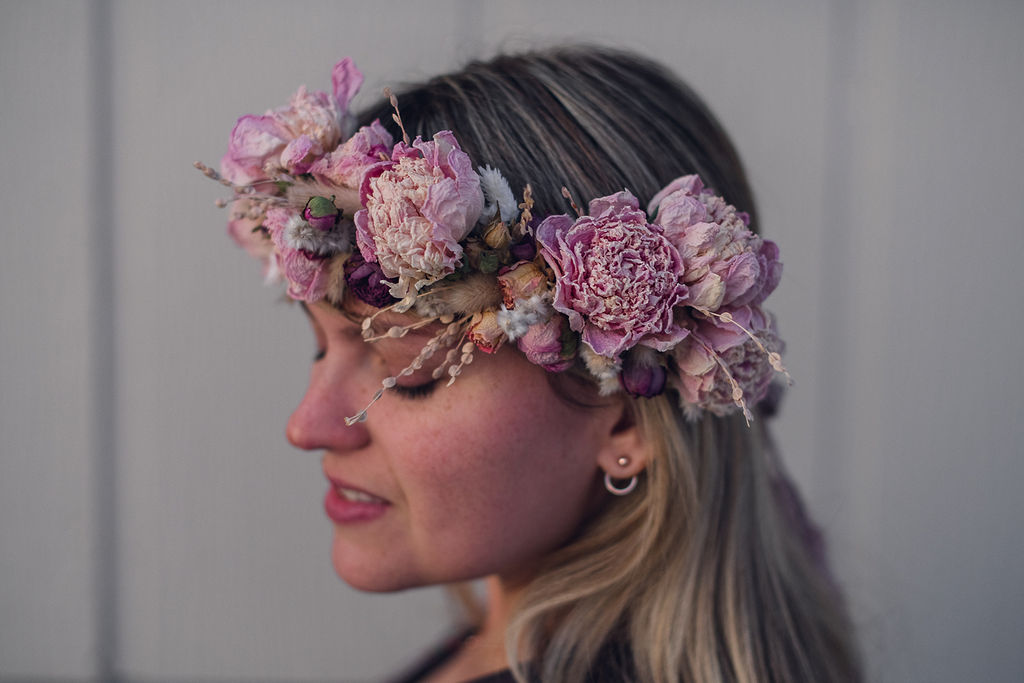
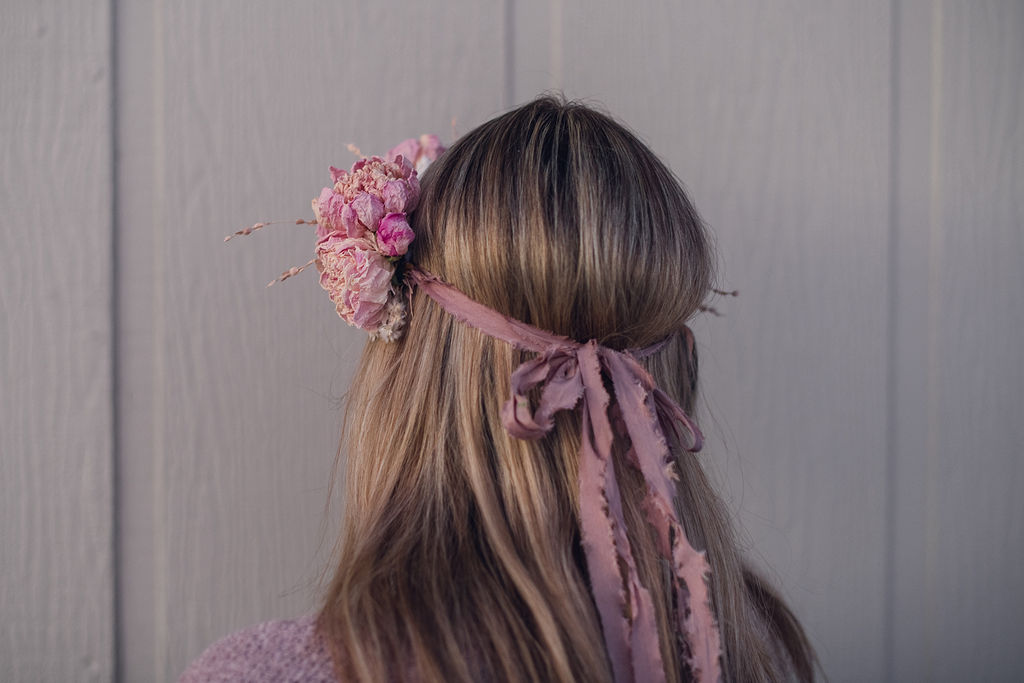
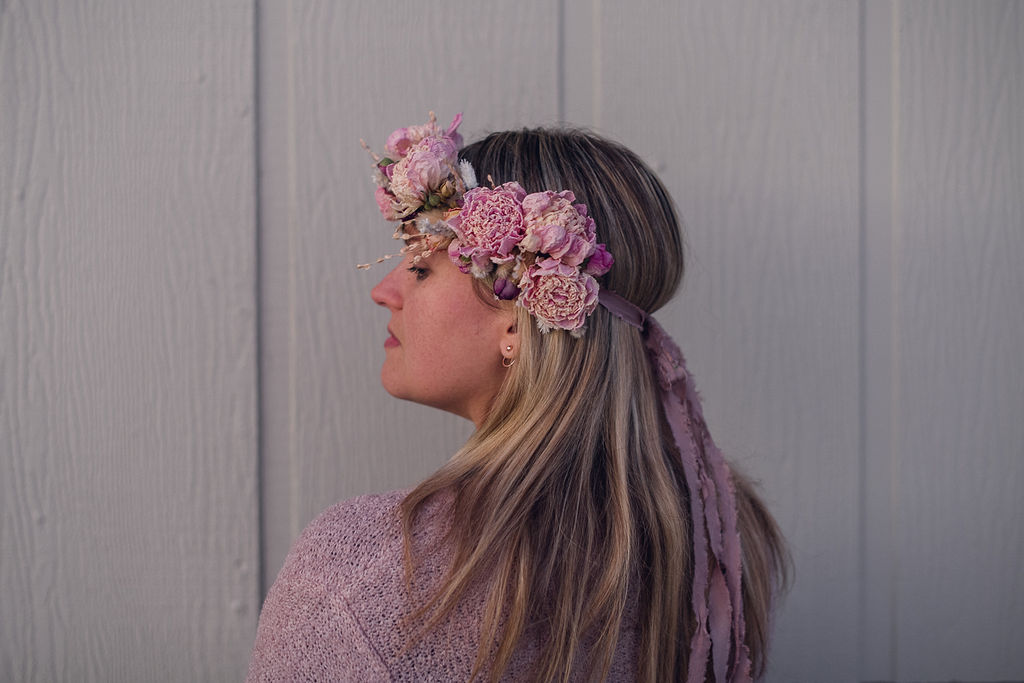
History Repeats Itself With Today’s Flower Crown
In the 1960’s, flower crowns were associated with peace & love: the highly prized ideals of many social movements. These flower children would truss their slept-in hair with wildflowers to signify their connection to nature. Now, with a lot of 60’s fashion enjoying a resurgence in popularity, flower crowns are all the rage once again from Coachella to the runway to modern brides on their wedding day.


